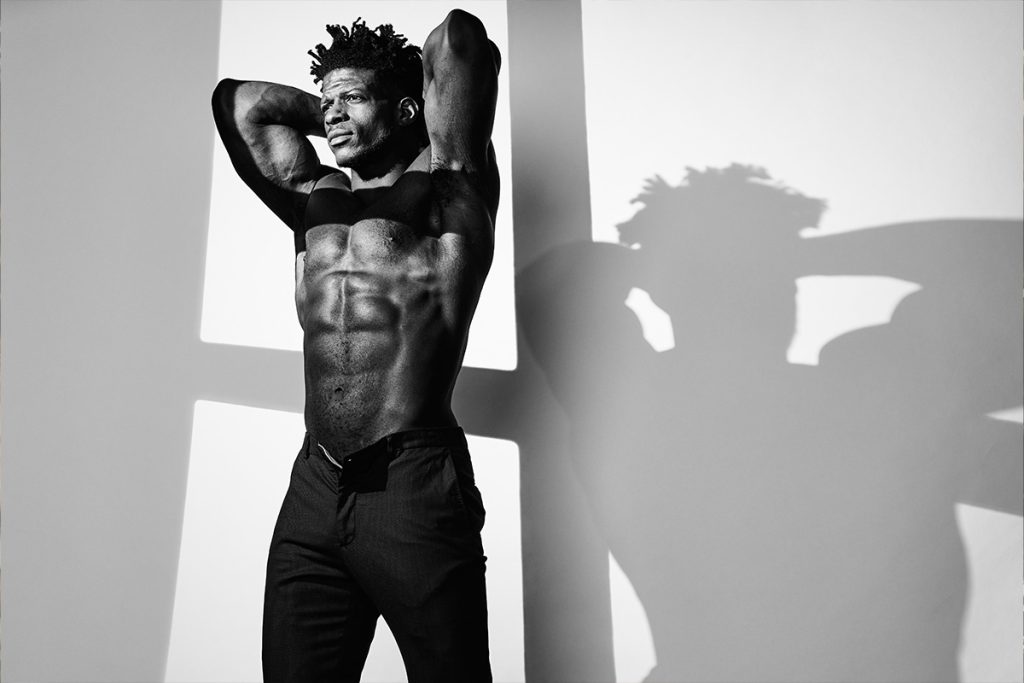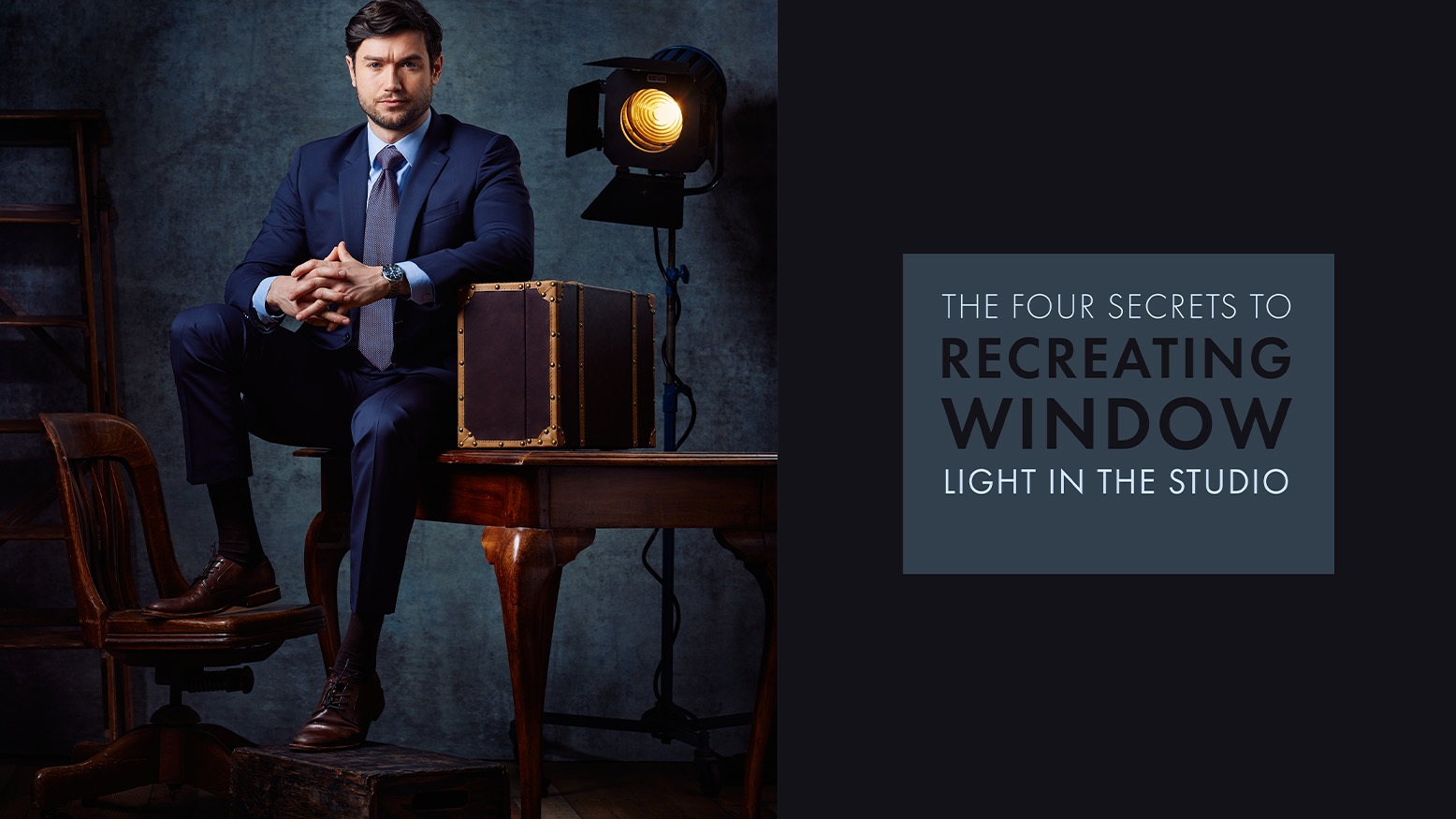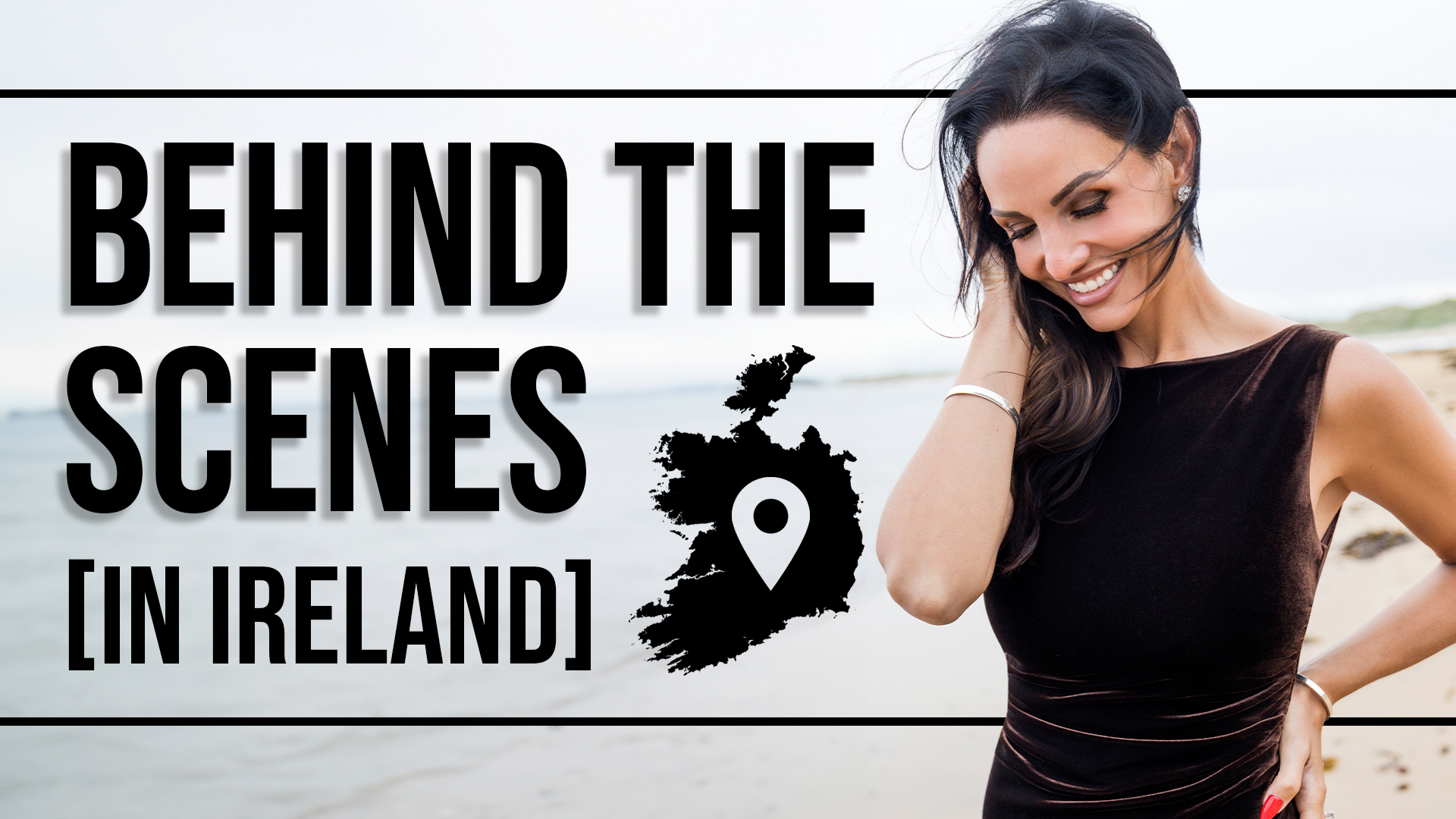4 Secrets for Creating Window Light in the Studio with John Gress
When we think about how to create window light, the first thing we have to ask ourselves is: What exactly is window light? On the surface, it’s just some photons coming through a glass opening and hitting our subject. But what we really have to ask ourselves is: What are we trying to re-create—hard direct sunlight coming through a window, or indirect soft light on a cloudy day?
The former is going to feel more edgy. It’s going to be the type of lighting we might use for a fashion shoot or when we want a little bit of grit. The latter will feel more pleasing and perhaps be something that we would refer to as more beautiful. It’s a type of lighting that you might want to use for a subject who is concerned about their age, or maybe it’s just a vibe you’re going for that day. It’s a vibe that I go for most days. There’s no hard and fast rule that says a fashion image has to feel edgy or an older person needs to be photographed in soft light. You really can choose which approach works for you based on your personality or the side of the bed you woke up on that day. Most people are going to think of soft light when they think of window light, but I think they may be missing half of the possibilities.
How to create window light?
In order to re-create that direct sunlight look, the first thing we should think about is how that light is created in the real world—basically, the general characteristics of the light quality. I’ve always heard that if the sun were an artificial light source, it would be the size of a dime (1cm across), 60 feet (20m) away from your subject. Therefore, direct sunlight is a very, very small light source, far away from your set. When that direct light passes through a window it scatters just a little bit, plus it is going to bounce off of your subject, possibly the background, and then it will bounce around the room, which causes light to fall into the shadows ever so slightly. When it comes to re-creating this type of light, we don’t have to be so literal and place a single flash on the other side of the room. In fact, it’s going to almost be impossible to get a light source that small or a studio that large. Instead, we could just take a light and put it in a reflector or a small softbox and have it be not so close to our subject.









